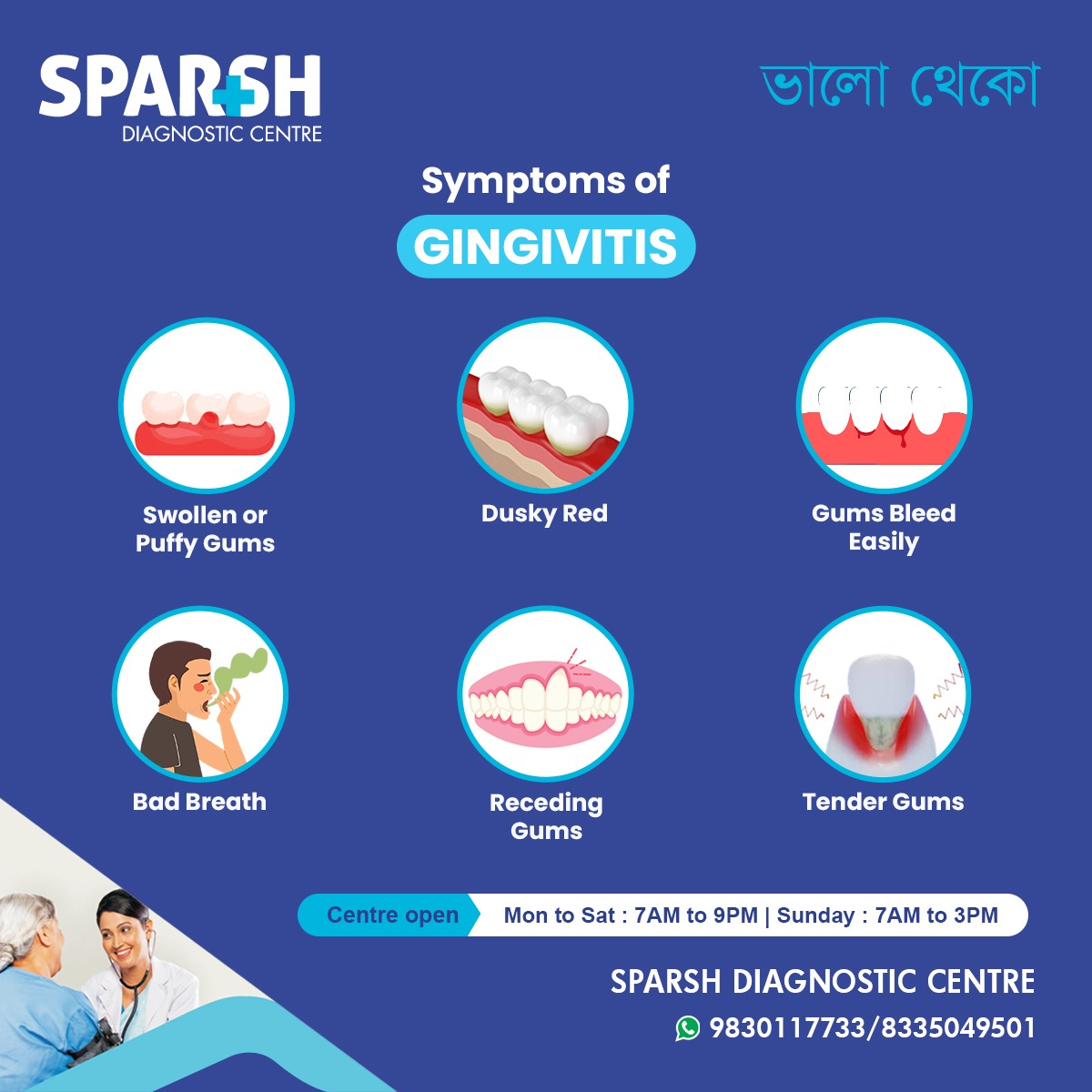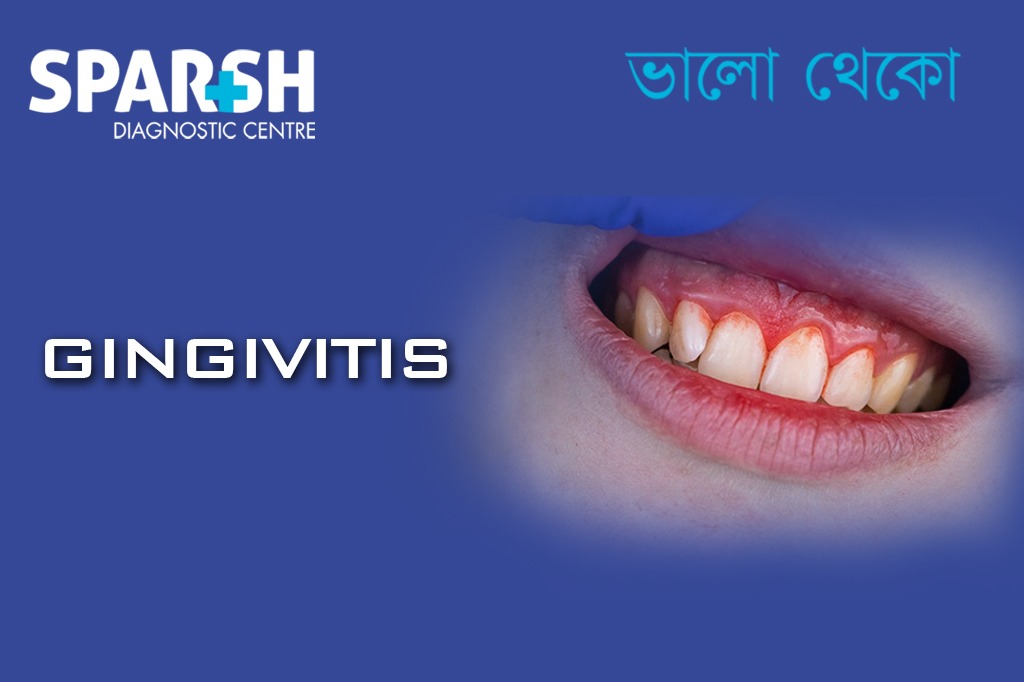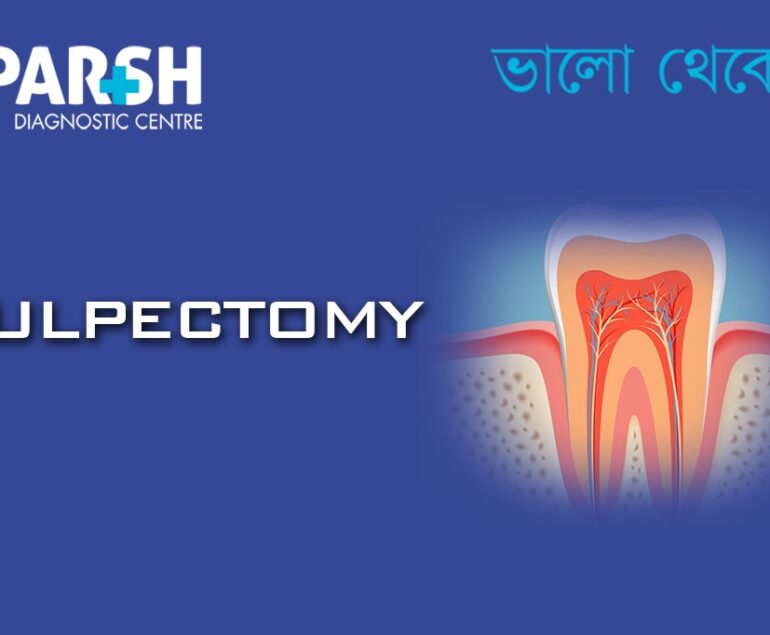A healthy smile is not just about white teeth—it’s also about healthy gums. Your gums play a vital role in supporting your teeth and maintaining overall oral health. However, when proper oral hygiene is neglected, plaque buildup can irritate the gums, leading to a condition known as gingivitis.
Gingivitis is one of the most common and mild forms of gum disease (periodontal disease). It causes inflammation, redness, and swelling of the gums, and if left untreated, can progress to periodontitis, which may result in tooth loss.
This comprehensive guide will help you understand the causes, symptoms, diagnosis, treatment, and prevention of gingivitis—so you can take timely action and protect your smile.
What Is Gingivitis?
Gingivitis is an inflammation of the gum tissue (gingiva) caused primarily by bacterial plaque that forms on the teeth. It’s often the first stage of gum disease and is reversible with proper oral care. However, when ignored, it can advance into periodontitis, a more severe and destructive form of gum disease that affects the tissues and bones supporting the teeth.
Causes of Gingivitis
Several factors can contribute to the development of gingivitis, including:
1. Poor Oral Hygiene
The most common cause of gingivitis is plaque buildup. Plaque is a sticky film of bacteria that forms on the teeth and gums. When not removed by daily brushing and flossing, plaque hardens into tartar (calculus), which further irritates the gums.
2. Smoking or Tobacco Use
Tobacco reduces the blood flow to the gums, making it harder for them to heal. Smokers are also more likely to develop plaque and tartar buildup.
3. Hormonal Changes
Hormonal fluctuations during puberty, menstruation, pregnancy, or menopause can increase gum sensitivity and the risk of gingivitis.
4. Certain Medical Conditions
Diseases such as diabetes, HIV/AIDS, leukemia, and other immune disorders can reduce the body’s ability to fight infection, increasing the risk of gum inflammation.
5. Medications
Some medications reduce saliva flow or cause gum overgrowth, creating an environment conducive to plaque accumulation.
6. Poor Nutrition
A lack of essential nutrients, particularly vitamin C, can weaken the gum tissues and increase susceptibility to infection.
7. Ill-fitting Dental Appliances
Improperly fitted crowns, bridges, or dentures can irritate the gums and trap plaque, leading to inflammation.
Symptoms of Gingivitis
The signs of gingivitis are often mild and painless in the early stages, which is why the condition can go unnoticed. However, recognizing the symptoms early can help prevent progression.
Common symptoms include:
1. Swollen or Puffy Gums
Gums may appear enlarged or feel tender to touch due to inflammation caused by plaque buildup.
2. Dusky Red Gums
Healthy gums are usually pink. In gingivitis, gums often appear dark red or purplish, indicating inflammation and poor circulation.
3. Gums That Bleed Easily
Bleeding while brushing or flossing is one of the earliest warning signs of gingivitis.
4. Bad Breath (Halitosis)
Persistent bad breath occurs due to bacterial activity in plaque and gum pockets.
5. Receding Gums
The gums may begin to pull away from the teeth, making teeth appear longer than usual.
6. Tender Gums
Gums may feel sore or sensitive when eating, brushing, or touching.

If you notice one or more of these symptoms, it’s time to consult a dentist or visit Sparsh Diagnostic Centre for a comprehensive oral examination.
Complications of Untreated Gingivitis
If gingivitis is not treated promptly, it can progress into periodontitis, which causes irreversible damage to the bone and tissues supporting your teeth. Possible complications include:
Tooth loss
Abscesses or infections
Receding gum line
Loose teeth
Chronic bad breath
Impact on systemic health, including increased risk of heart disease, stroke, and diabetes complications
Diagnosis of Gingivitis
Diagnosing gingivitis involves a combination of clinical examination and oral hygiene assessment. At Sparsh Diagnostic Centre, dental professionals may perform the following:
1. Visual Examination
Your dentist will inspect your gums for redness, swelling, or bleeding.
2. Dental Probing
Using a small instrument called a periodontal probe, your dentist measures the depth of the pockets between your teeth and gums.
3. Dental X-rays
X-rays help detect bone loss or other underlying issues that may indicate the progression of gum disease.
4. Review of Medical History
Underlying health conditions, medications, or lifestyle factors may be assessed to determine possible causes.
Treatment Options for Gingivitis
The good news is that gingivitis is reversible when treated early. Treatment focuses on reducing inflammation, removing plaque, and maintaining proper oral hygiene.
1. Professional Dental Cleaning
Your dentist or dental hygienist will remove plaque and tartar through:
Scaling: Removes tartar from the tooth surfaces.
Root Planing: Smoothens the root surfaces to prevent bacterial attachment.
2. Improved Oral Hygiene
Brushing twice daily with a soft-bristled toothbrush, flossing regularly, and using an antibacterial mouthwash can help control plaque.
3. Medications
In some cases, your dentist may recommend:
Antibacterial mouth rinses (chlorhexidine)
Antibiotic gels or tablets
Antiseptic chips inserted into gum pockets
4. Treating Underlying Conditions
Managing diabetes, changing medications that affect gum health, or correcting dental appliances can improve treatment outcomes.
5. Lifestyle Modifications
Home Remedies and Preventive Tips
While professional cleaning is essential, you can also manage mild gingivitis and prevent recurrence with home care.
Brush and Floss Daily
Brush at least twice a day and floss once daily to remove food particles and plaque.
Use an Antiseptic Mouthwash
Choose a mouthwash that helps reduce bacteria and plaque buildup.
Eat a Balanced Diet
Include foods rich in vitamin C and calcium to strengthen gums and teeth.
Stay Hydrated
Drinking plenty of water helps wash away food particles and maintain saliva flow.
Regular Dental Check-ups
Visit your dentist every 6 months for cleaning and checkups.
Prevention of Gingivitis
Preventing gingivitis is simple when you maintain consistent oral hygiene habits. Follow these steps to keep your gums healthy:
Brush twice daily with fluoride toothpaste.
Replace your toothbrush every 3–4 months or sooner if bristles fray.
Floss daily to remove plaque between teeth.
Get regular dental checkups for professional cleaning.
Avoid tobacco and limit alcohol consumption.
Control medical conditions like diabetes that may increase gum disease risk.
Early detection and timely care are key to preventing gingivitis from advancing to more serious conditions.
Gingivitis in Children and Pregnant Women
Gingivitis in Children
Children and teenagers often develop gingivitis due to poor brushing habits or orthodontic braces that trap food particles. Regular cleaning and proper brushing techniques can reverse the condition.
Gingivitis During Pregnancy
Hormonal changes during pregnancy can increase gum sensitivity, leading to pregnancy gingivitis. Maintaining good oral hygiene and regular dental visits during pregnancy is vital for maternal and baby health.
When to See a Dentist
Consult a dentist immediately if you notice:
Persistent bad breath
Swelling or bleeding gums
Gum recession
Loose teeth
Early treatment can prevent long-term complications. At Sparsh Diagnostic Centre, dental professionals provide accurate diagnosis and gentle care to restore gum health.
Frequently Asked Questions (FAQ)
1. Can gingivitis go away on its own?
Mild gingivitis can improve with better oral hygiene, but professional cleaning is usually necessary to remove hardened plaque and fully reverse the condition.
2. How long does it take to cure gingivitis?
With proper dental care and oral hygiene, gingivitis can improve within 1 to 2 weeks. Severe cases may take longer depending on plaque buildup and overall gum health.
3. What is the difference between gingivitis and periodontitis?
Gingivitis is the inflammation of the gums without bone loss, while periodontitis involves destruction of gum tissue and bone supporting the teeth.
4. Is gingivitis contagious?
While gingivitis itself isn’t contagious, the bacteria that cause it can spread through saliva, so avoid sharing toothbrushes or eating utensils.
5. What foods help prevent gingivitis?
Foods rich in vitamin C, calcium, and antioxidants—like oranges, strawberries, spinach, and yogurt—support gum health.
6. Can mouthwash cure gingivitis?
Mouthwash can reduce bacteria and freshen breath, but it cannot remove tartar. It works best alongside professional cleaning and good brushing habits.
7. What happens if gingivitis is left untreated?
Untreated gingivitis can progress to periodontitis, leading to gum recession, bone loss, and eventually tooth loss.
8. Can stress cause gingivitis?
Yes. Stress weakens the immune system, making it harder for the body to fight gum infections.
Gingivitis may start as a mild irritation but can lead to severe dental complications if ignored. Maintaining good oral hygiene, eating a nutritious diet, and getting regular dental checkups are crucial for keeping your gums healthy.
If you notice symptoms like bleeding gums, bad breath, or swelling, don’t wait. Early diagnosis and treatment can restore your gum health and prevent long-term damage.
Visit Sparsh Diagnostic Centre for expert dental consultation and advanced diagnostic services to protect your smile.
#BhaloTheko
Disclaimer:
No content on this site, regardless of date, should ever be used as a substitute for direct medical advice from your doctor or other qualified clinician.

![]()






[…] to 70% of pregnant women experience gingivitis. Hormonal changes increase gum sensitivity, causing swelling, tenderness, and bleeding while […]
[…] against gum disease (gingivitis and […]